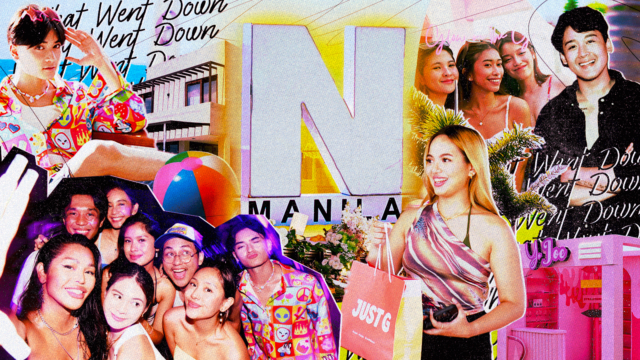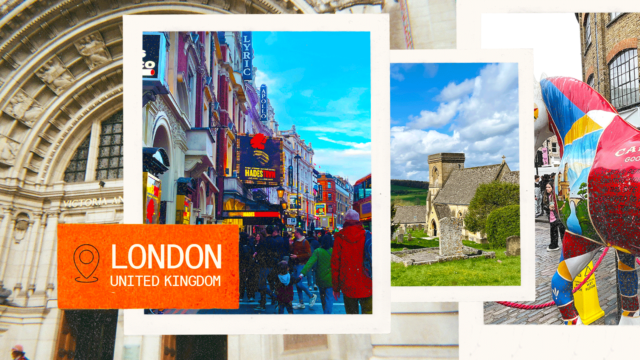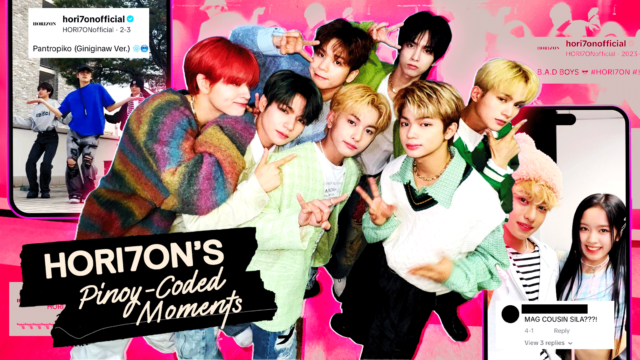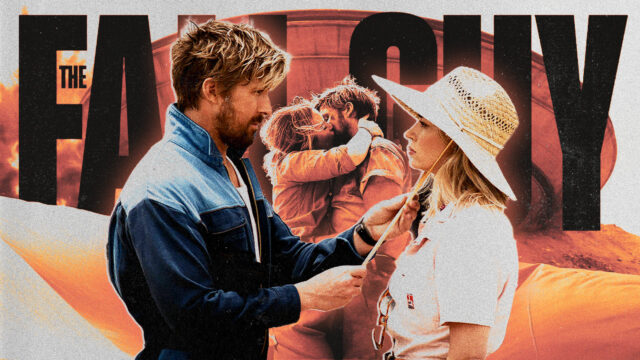With representation being demanded more, and rightfully so, it is time to draw and color in queer visibility and pride in cartoons and visibility, and not just left to an allusion of lifelong what ifs.
It doesn’t take a deep dive into the comments section of posts related to pride on say, Nickelodeon or Cartoon Network, for example, to see how rooted inequality is. Under the guise of genuine concern for the content consumed by impressionable children, homophobia and hatred is manifested in everything from “this is for kids, stop showing this to the little ones,” “kids are not supposed to know what this is,” to the even more absurd, “I feel bad for the children who have to grow up with this.” Now, there is definitely a lot to discuss, pronging into different pocket conversations that encompass the complexity of the liberation movement of the LGBTQIA+ community. However, with the considerable strides in the understanding of humanity regardless of race, choice, and gender, we know that something as personal as expression and identity isn’t conditioned. Simply put, this is who you are truthfully, proudly.
From careful whispers to critical conversations, the progression of understanding of the spectrum of the LGBTQIA+ community has gone through considerable leaps and bounds from the age-old dictates and binaries we are working towards eliminating altogether. However, as open as the view of the world has become, especially in recent years, there are still those conservatives who insist that being gay is a product of context, as if homosexuality can be simplified as a function of osmosis. So, by virtue of this stubborn understanding, cartoons and children’s shows should subscribe to modesty and propriety, because as kids do not better, these drawings of pride and queer representation is denounced as brainwashing them into a choice. Time and time again, the LGBTQIA+ community has made it clear that no one chooses to be gay, what is decided on is whether or not one is honest about to themselves before anyone else.
More Than A Subversion
The profound impact of children’s shows on one’s development is not to be discounted. From the certainty of alphabets and numbers to the concepts of grief and mental health, the amount of thought and care that goes into tackling these topics for a child is powerful in itself. While it does take to subversion and subtlety quite well, it really leaves an impact that informs the way one navigates growing up. We’ve all learned from Big Bird, Elmo, and the rest of the gang on Sesame Street, but never once did they force anything on us. At the end of the day, they respect the process of the kid, as well of their parents, to further the discussion of whatever they learned through song, dance, or cookies. This is why the argument of addressing pride and queerness on cartoons and children’s shows should be left out completely.
Kids don’t just say the darndest things, but they also understand the intricacies of life much better than their adult counterparts. Born into the world without greater bias and prejudice other than a preference of mashed up food, the innocence of children has a better grip on love without labels, people feeling different, and loneliness than a grown up ever would. And yet it is the far more informed that subscribe to homophobia, whether it be outright or internalized, insisting that pride has no place in cartoons. This is why the presence of queer characters in mainstream media is still lauded for breaking ground, because the acceptance, and not just tolerance, for queer characters and cartoons are still far and in between. Notice how a lot of it has been veiled on the insinuation of what ifs. Hello, Bert and Ernie.
Related: WOOF! THIS FILIPINO ARTIST IS LETTING THE DOGS OUT IN THE QUEER-POWERED EXHIBIT, GOOD BOYS
Pride Exists, Even In Cartoons
While the function of subconscious has worked wonders, threading relevant and necessary social issues to the stories of cheerful resolve and candid coming-of-age, the time has come for these lessons about the real world be drawn out and taught the way it should be, without fear to be seen, heard, and felt.
“It’s the way we help kids grow,” says Carol Greenwald, Executive Producer of Arthur in an interview with Insider. “It’s critical to their social-emotional development for them to feel like they belong in our communities and other cultures, and that everyone else that they encounter belongs.” One of the more forward-thinking programs that have incorporated pride into its cartoon, Arthur showed a gay wedding between their teacher, Mr. Ratburn and his partner. This was a big thing, because everything was explicit, encompassing everything from relationships, rigors of faith, and representation. “If you just see that clip, even if you never watched the show, you know that that’s there,” explains Jeffrey Trammell, writer of Craig of the Creek. “And if you are feeling like you need something to relate to, you know you can come find us and these characters.”
And it cannot be stressed enough how seeing a reflection of yourself on screen is very important in coming to terms with who you are, whatever path that may take you. “Children might not have representation in their communities. They might not have representation in their schools,” cautions AnneMarie McClain, children’s media and education researcher at the University of Wisconsin-Madison. “And so media is a source of representation that can help children know that they’re OK and that their identities are valid.”
The Kids Will Be More Than Fine
There isn’t a greater injustice than being told who you are is wrong, or worse, crudely suggested to be erased altogether from being seen altogether. Living life is already hard as it is, stack on more suffering from society and their subscriptions to archaic tradition, then we limit the joy the world rightfully deserves. We have come a long way, yes, but there is a lot more distance to go and steep heights to conquer before coming to the point where discrimination becomes a thing of the past.
A lot of inclusion and expanded representation has already been coloring the minds of the young and old over the past few years. From My Little Pony, Gravity Falls, The Loud House, Star Vs. The Force Of Evil, Sailor Moon, SpongeBob Squarepants, and The Legend Of Korra, queer kids have been made to feel that they deserve a space to tell their story of pride in the highly contested landscape of cartoons and children’s shows. You see, everyone, not just the kids need to learn about the LGBTQIA+ community, and its assimilation through art is the all more important in discovering and accepting one’s truth. “You never know who may see your artwork, so spreading positive messages around queer subject matters could be the one thing that helps someone discover themself,” says Caleb Boyles, the artist behind Cartoon Network’s Drawn To illustrations for pride month. “Art has allowed me to grow from negative and positive life experiences. It’s a way to process and express yourself, to become a better version of you.”
And yet there are still people who want to keep kids away from this pure joy? The audacity. Actually, if you took the time to talk to the children you are bent on protecting from what you think is wrong, they might surprise you with how much compassion and empathy they have towards the community. Now, if this is how Nickelodeon and Cartoon Network is growing up to be, then trust that the kids will be more than alright.
From the out and proud queer character in the Rugrats reboot to the first gay couple on Sesame Street, here are the recent wins for representation of pride in cartoons and children’s shows.
Rugrats Reboot
Out
Cartoon Network
Nickelodeon
Sesame Street
CONTINUE READING: THIS IS YOUR REMINDER THAT PRIDE IS WAY MORE THAN JUST SPLASHING THE RAINBOW ON EVERYTHING ELSE





